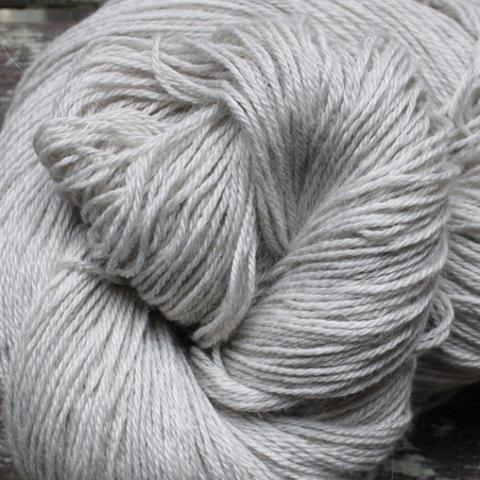Unveiling the Truths of cashmere and Its Timeless Appeal in Style
Unveiling the Truths of cashmere and Its Timeless Appeal in Style
Blog Article
Checking Out the Numerous Types of Cashmere an All-natural Fiber for Ultimate Deluxe
Cashmere, a natural fiber, is usually connected with deluxe and comfort. Not all cashmere is created equal. From the highly soft Mongolian selection to the lightweight warmth of Indian Pashmina, each kind offers its very own special attributes and allure. The much more affordable Chinese cashmere, the standard Scottish version, and the premium Italian blend, all tell a different story of this exceptional fiber. As we untangle the globe of cashmere, a deeper understanding of its true value and class starts to arise.
Recognizing the Luxurious Nature of Cashmere
Cashmere, commonly associated with deluxe and comfort, holds a distinct attraction in the world of all-natural fibers. Unlike other all-natural fibers, cashmere combines insulation with breathability, providing unequaled comfort throughout varying temperature levels. Its lustrous surface and soft structure contribute to its premium appeal, warranting the premium cost that often comes with cashmere garments.
Simply What Is Cashmere and Where Does It Come From?

Provided these phenomenal high qualities, one may question the beginning and make-up of this elegant fiber. Cashmere is obtained from the soft undercoat of cashmere goats, largely found in Mongolia, China, Iran, and Afghanistan - is cashmere a natural fiber. These goats are adjusted to harsh climatic conditions, creating an exceptionally fine, soft underfur as a defense versus the bitter cold. This underfur, or undercoat, is what is collected for cashmere. Each springtime, when the goats naturally lost their winter months layer, farmers comb the great underhair, leaving the coarser hair behind. This meticulous process adds to the shortage and high expense of cashmere. With its beginning in the severe landscapes of Asia, cashmere is a testament to nature's capability to create high-end from difficulty.
Translating the Various Types of Cashmere
Understanding the various kinds of cashmere is crucial to appreciating the top quality and distinct attributes of this glamorous fabric. Usually, cashmere is categorized right into three types: raw, virgin, and reused. Deciphering these kinds is the very first action in comprehending the exclusivity and value of cashmere.

The Special Features of Each Kind Of Cashmere
Having checked out the various groups of cashmere, it emerges that each kind flaunts its special collection of attributes. Mongolian cashmere, as an example, is renowned for its exceptional high quality, due to Mongolia's severe wintertimes that create longer and finer fibers. On the other hand, Chinese cashmere is typically much more budget-friendly, though its shorter fibers can reduce sturdiness. Scottish cashmere is celebrated for its beautiful soft qualities, an outcome of the standard water washing process using Scotland's soft water. Italian cashmere, meanwhile, is famous for its skillful blending and tinting methods, making it functional and lively. Finally, Indian cashmere, also recognized as Pashmina, is cherished for its extraordinary lightness and heat. Each type, therefore, contributes to the textile's credibility for luxury.
Why Cashmere Is the Embodiment of Deluxe in Style
Cashmere holds a renowned position in the world of fashion, concerned as a sign of luxury and elegance (is cashmere a natural fiber). Cashmere is derived from the great undercoat of Himalayan goats, recognized for their go right here superior quality fiber. Cashmere's unparalleled convenience and longevity make it a desired product in the creation of premium garments.
The Refine of Making Cashmere: From Goat to Garment
The trip of cashmere, from being an undercoat of a Himalayan goat to an extravagant garment, is a complex one. With the advent of springtime, farmers in Mongolia and China accumulate the wool by combing the goats, making certain no injury is done. The acquired woollen consists of rugged external hair and find soft downy undercoat. This blend is after that fastidiously divided, with only the soft down used for cashmere. This raw cashmere is washed, dyed and rotated into yarn. The yarn is after that woven or knitted right into materials. The final action entails pushing and washing to offer the material its particular softness and warmth. From goat to garment, each action is a testimony to the virtuosity, skill and perseverance entailed in crafting cashmere.

Verdict
Finally, cashmere, with its natural elegance and unparalleled convenience, preponderates in the globe of deluxe fashion. The variety in kinds, varying from the soft Mongolian, lightweight Indian Pashmina, web link economical Chinese, conventional Scottish, to the vivid Italian, exposes the flexibility of this all-natural fiber. The scrupulous process of changing it from a goat to a garment additionally includes in its exclusivity, making cashmere the embodiment of elegance and deluxe.
Cashmere, a natural fiber, is often linked with high-end and comfort (is cashmere a natural fiber).Cashmere, usually connected with deluxe and comfort, holds an one-of-a-kind appeal in the globe of natural fibers. Unlike various other natural fibers, cashmere combines insulation with breathability, providing unmatched comfort across differing temperatures. Cashmere is obtained from the soft undercoat of cashmere goats, mostly found in Mongolia, China, Iran, and Afghanistan. Cashmere is obtained from the fine undercoat of Himalayan goats, understood for their superior high quality fiber
Report this page